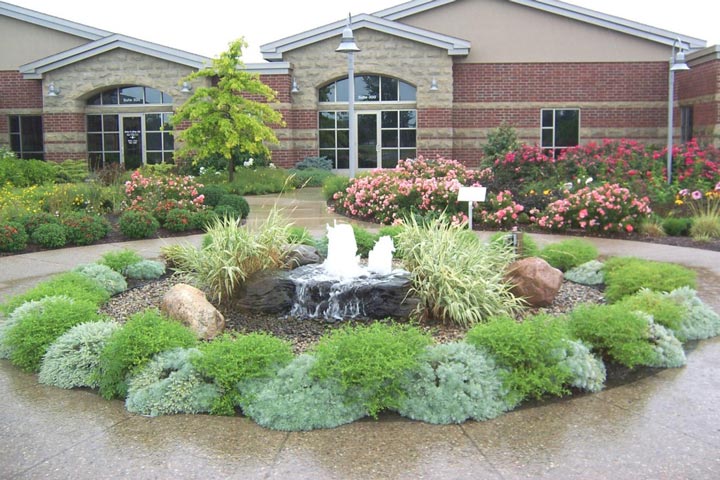
Landscapes that require minimum time and money to maintain require thoughtful planning and installation. Choose structures, plants, ground-coverings and systems that will help to reduce watering, weeding, trimming, painting and mowing.
TOOLS
reference books on landscape plants and projects
MATERIALS
paper and pencil
Consider Your Available Time
Determine how much time you spend maintaining your yard at different times of the year. Consider mowing, planting, pruning, weeding, watering, raking, snow shoveling and other seasonal chores. What do you want to change?
List Your Needs
How do you plan to use your yard — for barbecuing, vegetable or flower gardening, kids’ play activities or simply viewing from the windows? Various activities require different ground surfaces, structures, or plantings.
Pro Tip Reduce or eliminate your lawn. If you have children or enjoy lawn games, about 600 square feet of turf is usually sufficient.
Assess Your Landscape
Make a rough map and list of existing features, such as fences, trees and shrubs, buildings and paved surfaces. Note problem areas, such as poor views, noise, lack of privacy, steep slopes or places where plants grow poorly or water accumulates.
Choose Time-Saving Systems and Surfaces
Consider lower-maintenance alternatives to solve landscape problems, such as an automatic irrigation system for watering the lawn and garden; a deck, paved patio, or ground-covering plants instead of a mowed lawn; and a fence or vine-covered trellis instead of a clipped hedge. Choose brick or stone instead of wood surfaces to eliminate painting chores. Group shrubs and trees into mulched beds to reduce mowing, trimming and watering. Mulch gardens to prevent weeds.
Select Low-Maintenance Plants
Choose only plants that fit the space available. We all tend to underestimate how quickly and how large a small nursery plant will become. To reduce planting time, plant flowering shrubs or perennial plants that grow back each year instead of annuals that only last one season. Pick plants that thrive in your soil, sun and climate.
How to Draw a Landscape Map – Read Here
Pro Tip Plant perennials that die to the ground in autumn, instead of shrubs, in places where snow accumulates or slides off the roof.
Choose plants with features that look good in more than one season, such as flowers in spring, handsome leaf color in fall and attractive bark in winter.

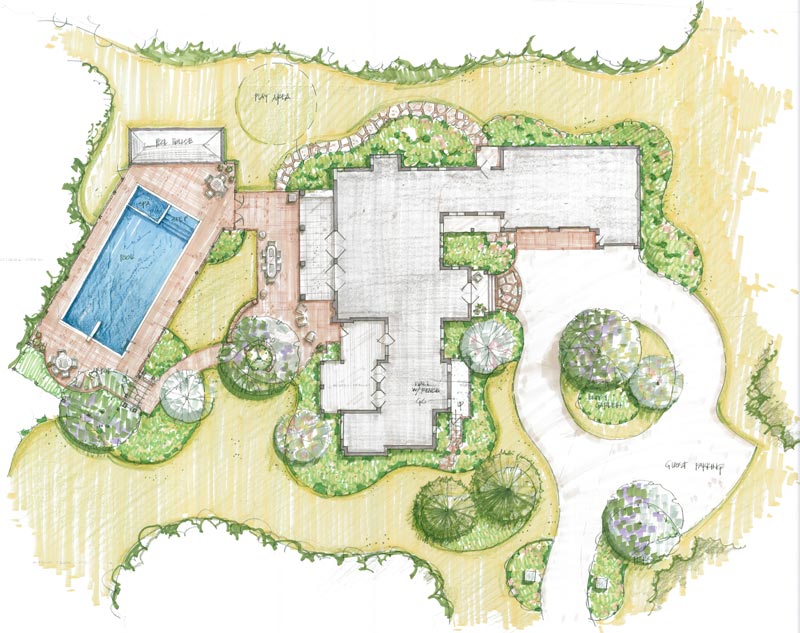
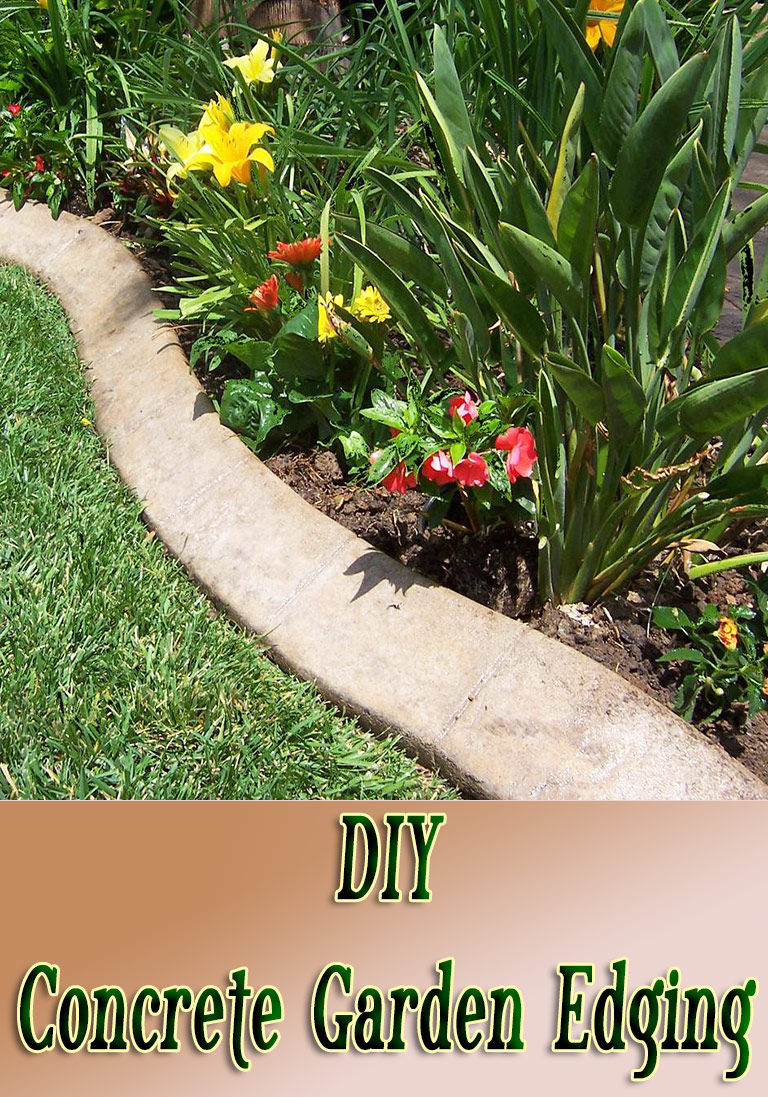
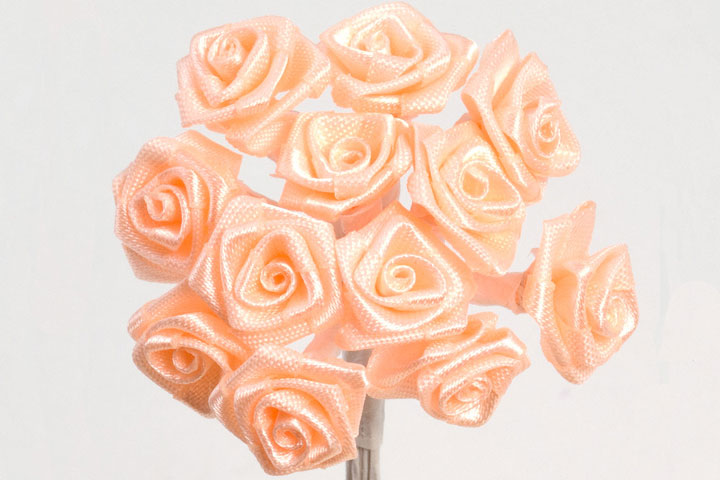
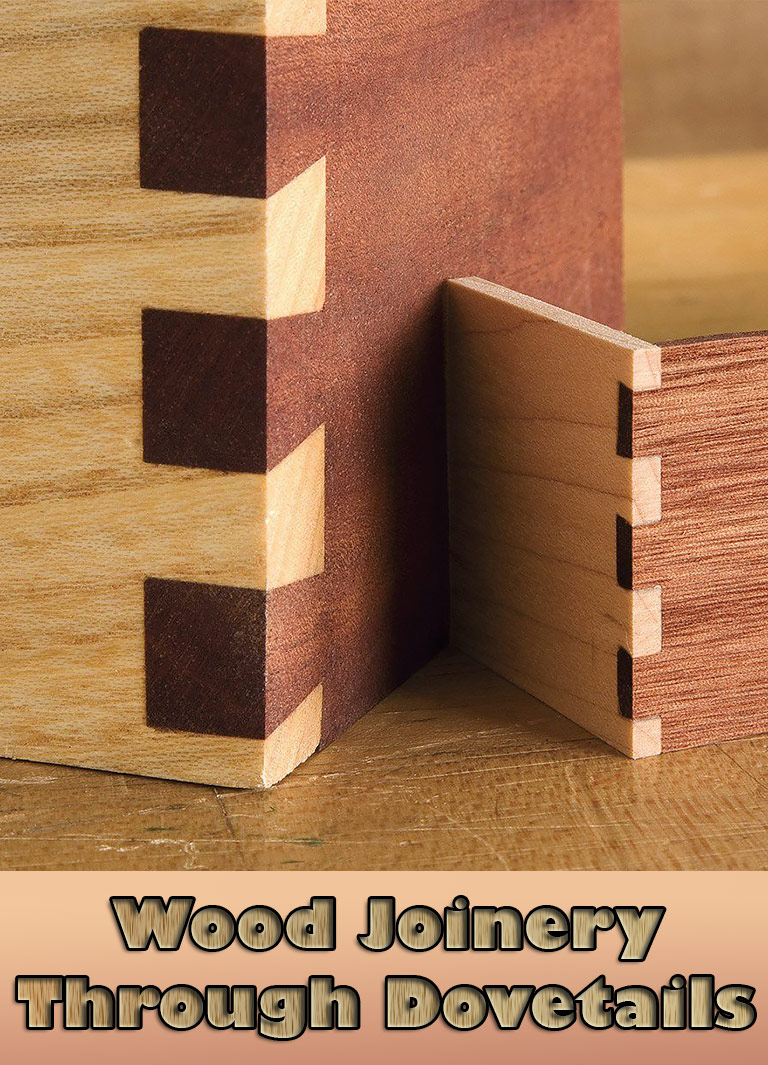
Leave a Reply